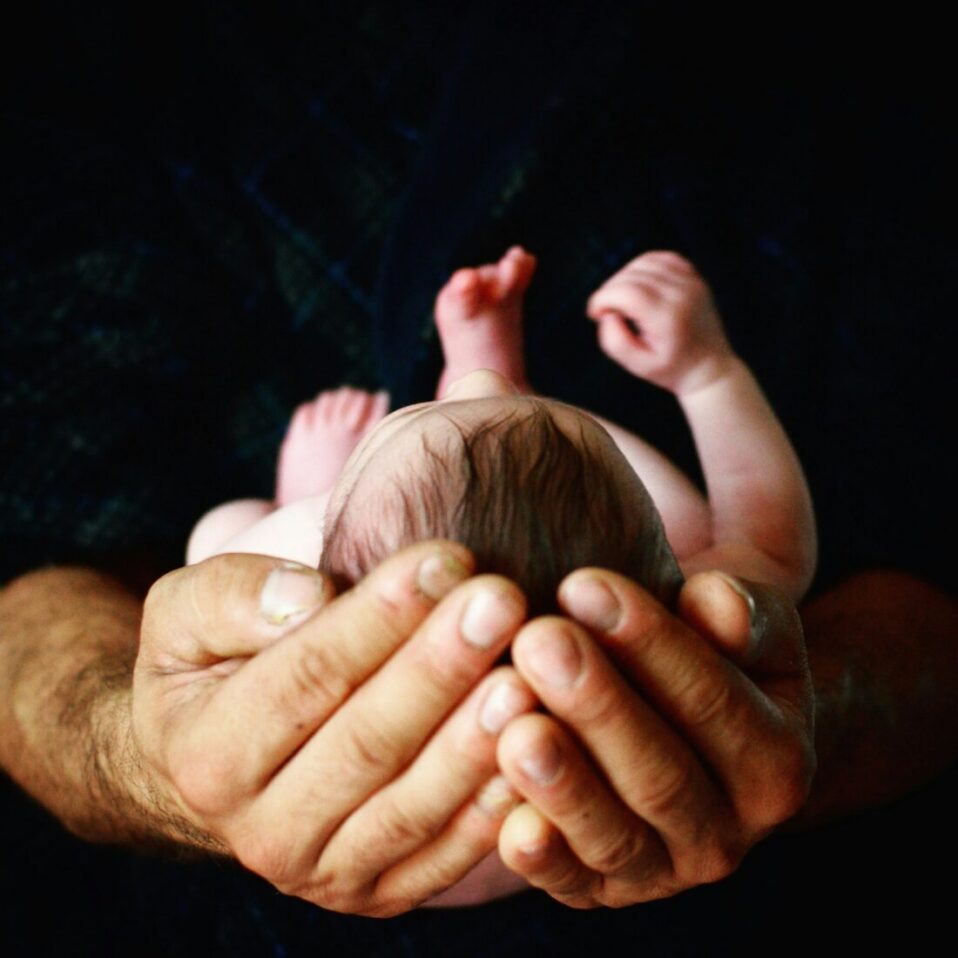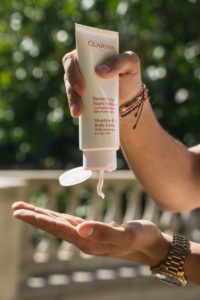Ten years ago this October 16th, Claire Wagonhurst lost her life to melanoma. She was just 17, a senior in high school, a young woman who had just excitedly learned she had been accepted to study art and design at two universities – refusing to decide until she heard from the third. Although her mobility and sight were fading – either due to disease or treatments – she refused to let melanoma define nor limit her passion for life. As we mark what her friends call her “angelversary”, we share with you Claire’s college application essay. It offers a glimpse into the journey Claire endured in her three-year fight against melanoma and the deep pool of courage and strength from which she drew to live a joyful and inspiring life. May it inspire you as face your own challenges. May it help you understand why at the Claire Marie Foundation, we fight so hard to make sure no other family faces this loss. May we all #livelifelikeclaire
Consider Me Well Prepared Claire Wagonhurst Notre Dame Preparatory Class of 2015
The incessant beeping of the empty IV awakened me. Not that I slept much over the last few days with the raging headaches and the whispering of doctors and nurses as they scurried in and out of the sterile hospital room tending to my needs. This could not be happening again! The melanoma was finally going away. Could I not get a break? My senior summer had just begun and I had plans; a trip to Spain, job at the pool, concerts with my friends and college tours! I didn’t have any more time to lose to cancer! I wanted so badly to scream and cry but my head hurt too much for such human indulgences. The emotions could come later. I tucked them away in my racing heart and coached myself through it once more. “Come on Claire, you can get through this again. Dig deep, find the strength, hang on. “
It’s just one more storm to drive through.
That had become my mantra when the winds first started brewing my Freshman year. I bounded in our front door one October afternoon, exhausted from cross country practice to the bad news. It was written in my mother’s pained eyes and on my dad’s strong face. A mole on my ankle went nuts compliment of hormonal changes in puberty. My friends got zits. I got melanoma.
Just keep driving. The blinding and pounding rain will stop, the winds will ease.
Cancer would not define me. I didn’t want to become one of “those kids” who wear their disease like a cloak for all to see, evading all traditional teenaged experiences to hide in illness. Nope, this was merely a bump in my road; a detour perhaps, but nothing that would keep me from my goals. Following two surgeries and a year of treatment, we were celebrating! The melanoma was gone! I was a success story! Somehow through it all, I managed to stay on track with my academics and teenage pursuits; sports, friends, dances, community service and design studies. However, just as I began to relax and embrace the sunshine of my teenaged existence, the cumulus of change swirled in the distance. The confetti was barely swept away and I was still sporting my Sweet 16 Birthday Crown when I noticed my leg was swollen. Cue the winds. Brace for the rain. It was going to be another bumpy ride.
It’s only a storm. Just keep your hands on the wheel and eyes on the road. You can get through this.
In all, I weathered two more melanoma recurrences that year including surgery and multiple hospitalizations for treatment. I was rewarded with more scars and a lovely six month reprieve in which I soaked up the sunshine of partial remission. Little did I know in June, the storms would return.
Breathe deeply. Keep moving forward. You will feel the sunshine again.
This summer’s surge was the mother of all melanoma storms. It’s harshness lingers still, but the rays of full recovery are burning brightly. My success is deemed “miraculous” and thanks to a newly approved drug it should be the last melanoma storm I face. However, it certainly won’t be the last hardship I face in my life. Consider me well prepared.
Melanoma has taken its toll on my life; most notably stealing my innocence and the frivolity of youth. But as with all things in life there is a great gift that comes wrapped in pain if you look deep enough. I have the gift of family, friends and faith. I am proof that life is not fair. It’s best just to accept that fact. Most importantly, I know I have the strength, fortitude, humor and commitment to get through any challenge or storm that may blow my way. Although I must say a little more sunshine would be greatly appreciated.
Claire Marie Wagonhurst
 When a child, teenager, or young adult is diagnosed with melanoma or other cancers, the immediate response is to jump into treatment as soon as possible to blast it out of the body. But before diving into surgeries, chemotherapy, or other drug therapies, it’s equally important to take a breath, step back, and consider the long game; the quality of that young person’s life once the cancer is gone.
When a child, teenager, or young adult is diagnosed with melanoma or other cancers, the immediate response is to jump into treatment as soon as possible to blast it out of the body. But before diving into surgeries, chemotherapy, or other drug therapies, it’s equally important to take a breath, step back, and consider the long game; the quality of that young person’s life once the cancer is gone.




 glimpse of what life is like for a young melanoma patient.
glimpse of what life is like for a young melanoma patient. 





